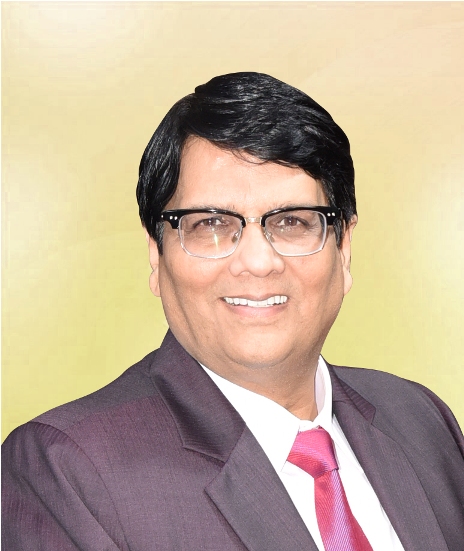Distribution franchisee (DF) model is neither a new concept nor is it popular with power companies! The idea behind DF was to encourage private participation in power distribution for improving electricity access to people. The motive behind its introduction in rural areas was to increase electricity access in view of the limited reach of power utilities. In urban areas like towns and cities, the idea was to reduce technical and commercial losses.
In the last 10-12 years, while several state power utilities have adopted DF model, only a few of them are still under execution. The others have been terminated due to various challenges. There is mixed experience with DF model with more cases of failure than success. The limited private sector involvement with challenges like inadequate profit margins, unfair allocations of risks between client and franchisee, unattractive bid structure, and operations difficulty has led to the failure of several such projects.
We feel that discoms and government should change their attitude towards private players and treat them as their partners in achieving the goals. They should understand that private players are their support to help in achieving the 24×7 power initiative and to reduce the work burden of state utilities by bringing in much needed efficiencies. The responsibility of electricity and capital expenditure for infrastructure development still lies with the discoms and for a franchisee; the development scope is limited.
Subhash Sethi, Chairman, SPML Infra, sharing his views on the distribution franchisee model in an exclusive interaction with T&D India

